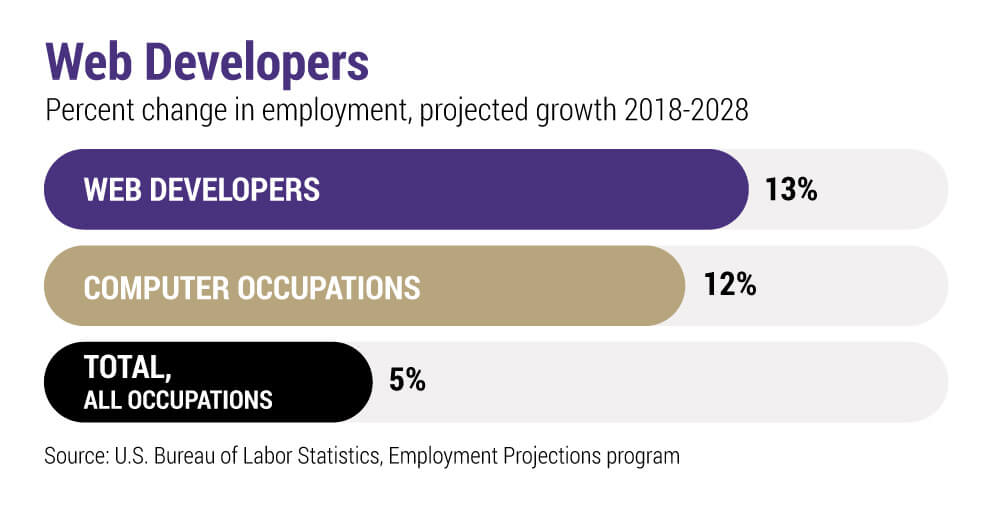Tube Rank: Your Guide to Video Success
Discover tips and insights for optimizing your video presence.
Back-End Development: Where the Real Magic Happens
Discover the secrets of back-end development and learn why it's the true powerhouse of web magic! Dive in now!
Understanding APIs: The Backbone of Back-End Development
Understanding APIs is crucial for anyone diving into back-end development, as they serve as the backbone of modern web applications. API, which stands for Application Programming Interface, allows different software systems to communicate and interact with each other, enabling seamless integration of functionalities. This facilitates the creation of robust applications that can pull and push data to and from various services. For example, when you log into a third-party application using your Google account, it utilizes an API to verify your credentials and grant access, all happening behind the scenes.
In the world of back-end development, understanding how to effectively implement APIs can significantly enhance the efficiency and scalability of applications. Here are a few key reasons why mastering APIs is essential:
- Modularity: Engineers can build applications in smaller, manageable parts, allowing for easier updates and maintenance.
- Interoperability: APIs enable different systems and platforms to work together, broadening the functionality of applications.
- Enhanced user experience: With APIs, developers can integrate various services, providing users with a seamless experience.
Embracing APIs not only simplifies the development process but also empowers developers to create innovative solutions in the fast-paced tech landscape.

Databases Demystified: Choosing the Right One for Your Project
When embarking on a new project, selecting the right database is crucial for ensuring efficiency, scalability, and ease of use. With a myriad of options available, including relational databases like MySQL and PostgreSQL, as well as NoSQL alternatives such as MongoDB and Cassandra, the decision can seem daunting. To simplify the process, consider the specific needs of your project, such as data structure, expected query load, and how the data will be accessed. Additionally, evaluating your team's familiarity with each database technology can help streamline the learning curve and implementation.
Understanding the core characteristics of each database type can aid in making an informed choice. For instance, relational databases are best suited for structured data and complex queries, while NoSQL databases excel in handling unstructured data and horizontal scaling. It's also important to analyze factors such as performance, security, and cost. By weighing these considerations and aligning them with your project's goals, you can confidently choose a database that not only supports your current requirements but also scales with your future growth.
What Makes a Good Back-End Developer? Skills and Best Practices
A good back-end developer possesses a diverse set of skills that are crucial for building and maintaining the server-side of web applications. These skills typically encompass a strong understanding of various programming languages such as Java, Python, and Ruby, as well as proficiency in database management systems like MySQL and PostgreSQL. Additionally, familiarity with frameworks such as Node.js or Django can greatly enhance a developer's capability to create scalable and efficient applications. Furthermore, a solid grasp of APIs, microservices architecture, and the principles of RESTful design is essential for ensuring seamless interactions between the front-end and back-end systems.
In addition to technical expertise, a successful back-end developer adheres to best practices that promote maintainability and team collaboration. Employing version control systems such as Git is vital for efficiently managing code changes and facilitating team workflows. Writing clean, readable, and well-documented code not only aids personal understanding but also ensures that others can easily navigate and contribute to the project. Engaging in regular code reviews and maintaining a commitment to continuous learning through ongoing education and staying updated on industry trends are integral practices that can significantly enhance a developer's effectiveness and career growth.